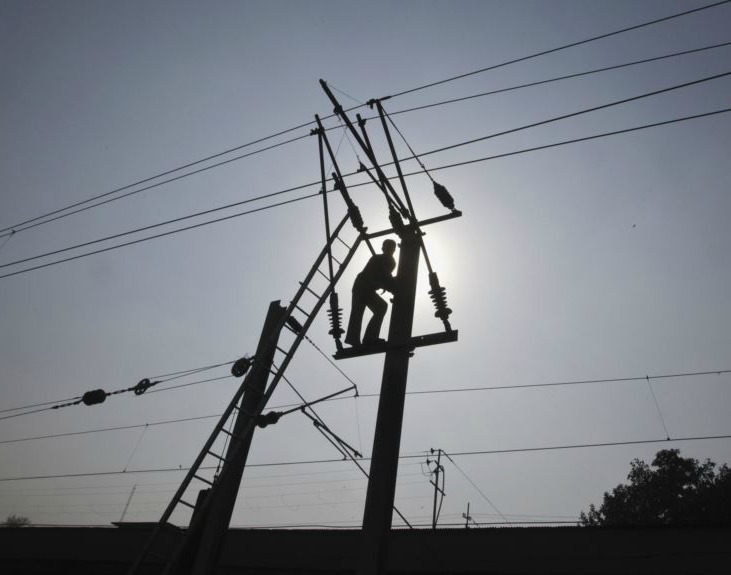By Agencies
Zimbabwe said Wednesday that it seeks to import more power with the Zimbabwe Electricity Transmission and Distribution Company (ZETDC), Zesa’s distribution arm, having begun discussions with power companies in Zambia and Mozambique to boost imports.
Power demand in Zimbabwe, according to a newspaper of the southern African nation, has been pushed up by improved economic activity following the deliberate strategies by the Second Republic to grow the economy.
The growth, the government said Tuesday, has however strained the national grid, but the economic spin-offs are a welcome development, and authorities are going into the market to import more electricity as short-term relief while Zimbabwe boosts generation capacity.
Medium term solutions include the completion of the Hwange power generation units seven and eight, providing 600MW, while the long-term solutions include but are not limited to the Batoka Gorge hydropower station which is a 2.4GW run-of-the river hydroelectric project on the Zambezi River with that output shared by Zimbabwe and Zambia.
Speaking after Tuesday’s Cabinet meeting, Information, Publicity and Broadcasting Services Minister Monica Mutsvangwa said Cabinet considered and noted proposals on managing the increased demand for electricity caused by increasing activity in the economy.
“Cabinet notes, with pleasure, that increased economic activity, especially in the agricultural and mining sectors as well as the manufacturing sector, has increased the demand for electricity.
“Furthermore, ongoing massive housing and other infrastructural development projects have increased the consumption of electricity. This calls for efficiency in the production, distribution and use of electrical power.”
Minister Mutsvangwa said the stepped electricity tariff with users who consume above a fixed threshold charged at a higher rate is already used in order to deter inefficient use of national grid electricity.
The renewable energy policy also stipulates the enhanced use of solar and renewable energy by consumers; new houses and flats are now required to install solar geysers, for example
“The net-metering system is also being implemented. Domestic consumers with solar panels on their rooftops which are connected to the national grid, can sell any excess power they generate to the national grid,” said Minister Mutsvangwa.
“The use of off-grid electrical power through the use of solar energy allows consumers a significant measure of control over their electricity energy costs.
“Accordingly, the whole production, supply, distribution and retailing framework of electrical power is being reviewed to take into account these positive developments in the economy,” said Minister Mutsvangwa.
Speaking at the same briefing, Energy and Power Development Minister Zhemu Soda said Government has short-term measures mainly anchored on minimising the effects of power outages on the population while medium to long-term additions to generation are ongoing.
“The short-term solution is to increase our imports. Already ZETDC is in discussions with ZESCO (Zambia Electricity Supply Corporation) of Zambia to get additional supply.
“Also there has been some discussions with Mozambique specifically from EDM (Electricidade de Moçambique) to have an additional 100MW of electricity supply so that we will be able to augment our supply which we are generating here locally,” said Minister Soda.
Zimbabwe already imports Cahora Basa power but this new source are the natural gas stations.
Engineer Napoleon Sithole of Zesa gave an update on the works at units seven and eight at Hwange Thermal. “We have constructed a new 250 000 cubic meter reservoir to complement the existing one.
Our daily water demand for units seven and eight is 1860 cubic meters per hour.”
ZESA says the water treatment plant is a key component for the thermal generation process, and the one under construction is expected to be completed this month. A thermal station needs water to heat into high pressure steam to drive the turbines that drive the generators and to supply the cooling towers that allow purified water to be cooled down from steam and recycled.

